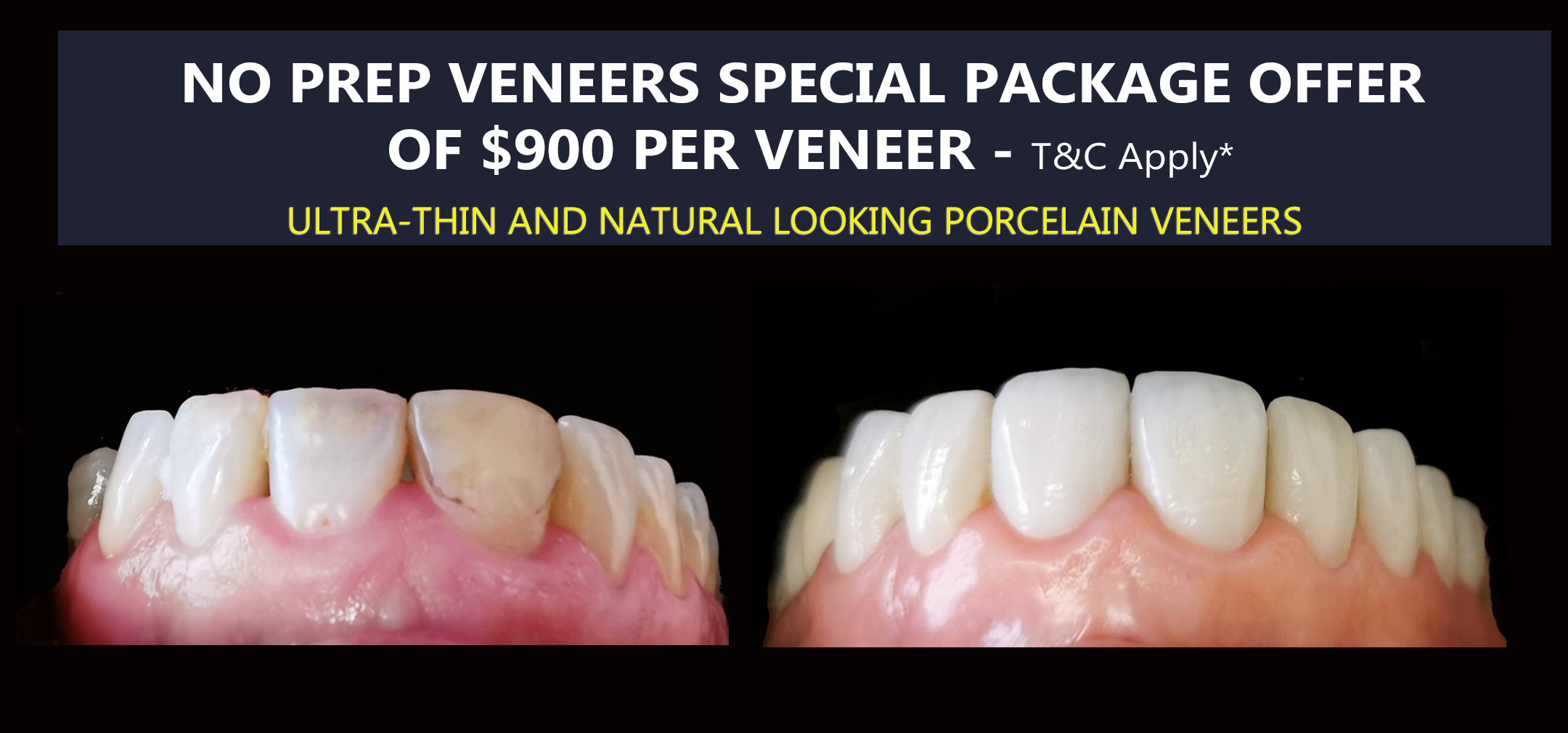Core Comparison Points:
- ✓ Dental bridges cost $3,000-$5,000 initially but need replacement every 10-15 years
- ✓ Dental implants cost $4,000-$6,000 upfront but can last a lifetime with proper care
- ✓ Bridges complete in 2-3 weeks while implants take 3-6 months total
- ✓ Implants preserve jawbone health by stimulating bone like natural tooth roots
- ✓ Bridges require grinding down healthy adjacent teeth for support
- ✓ Both options restore natural appearance and chewing function
Decision Factors Covered:
- ✓ Age considerations – younger patients benefit more from implant longevity
- ✓ Bone health requirements – implants need sufficient bone, bridges don’t
- ✓ Medical conditions affecting success rates (diabetes, smoking, medications)
- ✓ Insurance typically covers 40-50% of both procedures
- ✓ Maintenance differences – implants clean like natural teeth, bridges need special tools
Special Situations Addressed:
- ✓ Multiple missing teeth solutions using implant-supported bridges
- ✓ Front tooth aesthetics favor implants for natural gum emergence
- ✓ When adjacent teeth need crowns anyway, bridges make financial sense
- ✓ Payment plans and superannuation options make treatment affordable
Patient Benefits Emphasized:
- ✓ Prevents remaining teeth from shifting into gaps
- ✓ Restores confidence in smiling and social situations
- ✓ Modern technology ensures natural-looking results with both options
- ✓ Free consultation available to discuss personalized recommendations
Lost a tooth recently? You’re probably wondering whether to get a dental implant or bridge. It’s a decision thousands of Melbourne CBD & Noble Park North residents face every year. The good news? Both options can restore your smile beautifully. The key is understanding which one fits your specific situation, budget, and lifestyle.
We know this decision feels overwhelming. That’s why we’ve created this comprehensive guide comparing dental implants and bridges. No confusing dental terms, no sales pressure—just honest information to help you make the best choice. After helping patients for over 3 decades, we understand that every missing tooth replacement decision is personal. What works perfectly for your neighbor might not be ideal for you.
Whether you’ve lost a tooth due to injury, decay, or gum disease, replacing it quickly matters more than you might think. Missing teeth don’t just affect your smile—they can shift your remaining teeth, change your bite, and even alter your facial structure over time. Both implants and bridges prevent these problems, but they do it in very different ways.
Understanding Your Tooth Replacement Options
Let’s start with the basics. A dental implant is like getting a new tooth root. Your dentist places a small titanium post into your jawbone, which then fuses with the bone over several months. Once healed, a crown (artificial tooth) attaches to this post. It’s the closest thing to having your natural tooth back.
A dental bridge, on the other hand, literally “bridges” the gap where your tooth used to be. It uses your healthy teeth on either side of the gap as anchors. These anchor teeth get crowns, and a false tooth connects between them. Think of it like a connected set of three teeth that fills in your missing tooth space.
Both options look natural and restore your ability to chew and speak normally. The main differences? How they’re attached, how long they last, what they cost, and how they affect your other teeth. Understanding these differences helps you make an informed choice rather than just guessing.
The Real Cost Comparison: Implant vs Bridge
Let’s talk money—because we know it’s probably your first concern. In Melbourne, a dental bridge typically costs between $3,000 and $5,000 for a three-unit bridge (replacing one tooth). This seems cheaper than an implant at first glance. But here’s what many people don’t realize: bridges typically need replacement every 10-15 years.
A dental implant costs between $4,000 and $6,000 initially. Yes, it’s more upfront. But implants can last a lifetime with proper care. Do the math: if you’re 40 years old and need a bridge replaced twice more in your lifetime, you’ll actually spend more on bridges than one implant. Plus, each bridge replacement requires more grinding of your anchor teeth.
Insurance coverage varies significantly. Many insurance plans cover bridges at 40-50% because they’re considered a standard procedure. Implant coverage is improving—many plans now cover them similarly to bridges. We always recommend checking your specific coverage before deciding. Our team can help you understand your benefits and maximize your insurance usage.
Dental Implants: The Modern Gold Standard
Think of dental implants as the smartphone of tooth replacement—they’re the newest technology and offer features bridges simply can’t match. The biggest advantage? Implants don’t touch your other teeth. While a bridge requires grinding down healthy teeth for support, an implant stands alone. This independence preserves your natural teeth.
Implants also maintain your jawbone health. When you lose a tooth, the bone underneath starts shrinking—it’s called bone resorption. An implant stimulates the bone just like a natural tooth root, preventing this bone loss. Bridges can’t do this because they sit above the gum line. Over time, you might notice the gum and bone shrinking under a bridge.
The downsides? Implants require surgery and a longer treatment timeline. From placement to final crown, expect 3-6 months. Not everyone has enough bone for an implant either—though bone grafting can often solve this. Some medical conditions or medications can affect implant success too. But for most healthy adults, implants offer the best long-term solution.
Dental Bridges: The Time-Tested Solution
Don’t count bridges out just yet. They’ve successfully replaced teeth for decades and remain an excellent option for many patients. The biggest advantage? Speed. You can have a complete bridge in just 2-3 weeks versus months for an implant. If you need your tooth replaced quickly for a wedding or job interview, a bridge delivers.
Bridges work well when the teeth on either side of your gap need crowns anyway. If these teeth have large fillings or damage, getting a bridge kills two birds with one stone—you fix the damaged teeth AND replace the missing one. In these cases, a bridge makes perfect financial sense.
The main drawback is affecting healthy teeth. To place a bridge, your dentist must remove enamel from the anchor teeth—and enamel doesn’t grow back. These teeth will always need crowns going forward. Also, cleaning under a bridge requires special floss threaders or water flossers. It’s not difficult, but it’s an extra step in your daily routine.
Making Your Decision: Key Factors to Consider
Your age matters when choosing between implants and bridges. If you’re younger, an implant’s longevity becomes even more valuable. A 30-year-old getting an implant might never need another tooth replacement. The same person choosing a bridge might need three or four replacements over their lifetime. However, older patients often prefer bridges for their quicker treatment time.
Your bone health is crucial for implants. After tooth loss, bone shrinks rapidly—up to 25% in the first year. If you’ve been missing a tooth for years, you might need bone grafting before an implant. This adds time and cost. Bridges don’t depend on bone volume, making them ideal when significant bone loss has occurred.
Consider your overall dental health too. If you have gum disease, it must be controlled before either procedure. But implants are generally better for people with a history of dental problems. Why? You can’t get a cavity in an implant. Bridges, however, can develop decay where they meet your natural teeth, especially if you struggle with oral hygiene.
The Treatment Experience: What to Expect
Getting an implant starts with a consultation and 3D imaging at our Melbourne CBD or Noble Park North clinics. If you have enough bone, implant placement takes about an hour under local anesthesia. Most patients report less discomfort than expected—often comparing it to a tooth extraction. You’ll have a temporary tooth during healing, so you’re never without a smile.
The healing phase (osseointegration) takes 3-6 months. During this time, the implant fuses with your bone. It’s crucial not to rush this process. Once integrated, we take impressions for your permanent crown. Two weeks later, your new tooth is ready. The final crown attaches to the implant with a small screw—no cement needed.
Bridge treatment is faster but requires more aggressive preparation. Your first appointment involves numbing the anchor teeth and removing enamel to create room for crowns. We take impressions and place a temporary bridge. You’ll wear this for about two weeks while the lab creates your permanent bridge. The second visit involves removing the temporary and cementing your final bridge—the entire process takes less than a month.
Long-Term Success: Maintenance and Longevity
Implants boast impressive success rates—over 95% at 10 years with proper care. Maintenance is simple: brush and floss like a natural tooth. No special tools needed. Regular dental checkups ensure the implant stays healthy. The crown might need replacement after 15-20 years due to normal wear, but the implant post typically lasts a lifetime.
Bridges require more careful maintenance. Food can get trapped underneath, so you’ll need floss threaders or a water flosser for proper cleaning. The average bridge lasts 10-15 years before replacement. Why the shorter lifespan? Cement can wash out, decay can develop under crowns, or the bridge material can fracture from chewing forces.
Both options need protection if you grind your teeth. Night guards prevent damage from clenching and grinding—a common cause of both implant and bridge failure. Regular professional cleanings become even more important with any tooth replacement. Our hygienists are specially trained in maintaining implants and bridges for maximum longevity.
Special Situations: When One Option Clearly Wins
Missing multiple teeth in a row? Bridges become less practical beyond three teeth. Implant-supported bridges offer a better solution—two implants can support a bridge replacing 3-4 teeth. This combines the benefits of both options: implant stability with bridge economics. It’s often the best choice for extensive tooth loss.
Front tooth replacement demands perfection—everyone sees these teeth when you smile. Implants excel here because they emerge naturally from the gum. Bridges can sometimes show a dark line where they meet the gum, especially if gums recede over time. For maximum aesthetics in the smile zone, implants are usually preferred.
Medical conditions affect your options too. Uncontrolled diabetes, certain medications, and smoking significantly impact implant success. Radiation therapy to the jaw also complicates implant placement. In these situations, bridges often provide a safer, more predictable outcome. Always disclose your complete medical history during consultation.
Technology Advances Making Treatment Better
Dental technology has revolutionized both implants and bridges. 3D imaging lets us place implants with pinpoint accuracy—no guesswork involved. Computer-guided surgery means smaller incisions, less swelling, and faster healing. Some patients even qualify for immediate implants, where we place the implant the same day as tooth extraction.
Digital impressions have transformed bridge creation too. No more gagging on impression material! A small camera scans your teeth in minutes. The digital file goes directly to the lab where computers mill your bridge from solid ceramic blocks. The result? Better fitting, stronger bridges in less time.
Materials keep improving as well. Modern zirconia (a super-strong ceramic) creates bridges and implant crowns that are virtually unbreakable. They look more natural than ever—no more telltale metal showing through. These advances mean both options last longer and look better than even five years ago.
Financial Options: Making Treatment Affordable
We understand that tooth replacement represents a significant investment. That’s why we offer multiple payment options at both our Melbourne CBD and Noble Park North locations. Many patients use payment plans to spread costs over 6-12 months interest-free. This makes implants more accessible—paying $400 monthly is easier than $5,000 upfront.
Consider using superannuation for dental implants under compassionate release grounds. Tooth loss affecting your ability to eat properly often qualifies. We can provide the necessary documentation for your application. Many patients successfully access their super for implant treatment when it significantly impacts their quality of life.
Don’t forget to check our current special packages. While primarily for veneers, we often have promotions on comprehensive treatments including implants and bridges. Combining procedures can lead to significant savings. Our treatment coordinators can create a custom plan maximizing value while achieving your smile goals.
Your Next Steps: Moving Forward with Confidence
Reading about options is helpful, but nothing beats a personalized consultation. During your visit, we’ll take X-rays, examine your bone levels, and discuss your specific situation. You’ll receive a detailed treatment plan with exact costs—no surprises. We can even show you before and after photos of similar cases.
Established since 2000 in Melbourne CBD, we’ve placed thousands of implants and bridges. This experience means we can guide you toward the truly best option—not just the most expensive one. Dr. Zenaidy Castro’s over 3 decades of experience ensures you receive honest, ethical advice tailored to your needs.
Ready to replace that missing tooth? Book your consultation online or call us at 9629-7664 or 0413 014 122. Don’t let a missing tooth hold you back any longer. Whether you choose an implant or bridge, we’ll help you smile with confidence again.
 Review the important terms and conditions that apply to this offer.
Review the important terms and conditions that apply to this offer.
FREQUENTLY ASKED QUESTIONS
What’s cheaper—a dental implant or bridge?
Initially, bridges cost less ($3,000-$5,000) compared to implants ($4,000-$6,000). However, bridges need replacement every 10-15 years while implants can last a lifetime. Long-term, implants often prove more economical, especially for younger patients.
How long does each option take to complete?
Bridges take 2-3 weeks from start to finish with just two appointments. Implants require 3-6 months total—surgical placement, healing time, then crown attachment. If you need a quick solution, bridges win on speed.
Do dental implants hurt more than bridges?
Most patients report implant surgery feels similar to tooth extraction—manageable with local anesthesia. Bridge preparation can cause sensitivity since we’re working on live teeth. Both procedures are comfortable with modern pain management techniques.
Can I get an implant years after losing a tooth?
Yes, but you might need bone grafting first. Bone shrinks after tooth loss—up to 25% in the first year. 3D imaging determines if you have enough bone. Even with significant bone loss, grafting usually makes implants possible.
Which option looks more natural?
Both look natural when done well. Implants have a slight edge for front teeth since they emerge from the gum naturally. Bridges can sometimes show dark lines at the gum margin, especially if gums recede over time.
What if I can’t afford either option right now?
Don’t delay too long—missing teeth cause remaining teeth to shift. We offer payment plans and can phase treatment. A temporary partial denture might work short-term. Call for a free consultation to discuss affordable options.
How do I clean under a dental bridge?
Bridges require special cleaning underneath using floss threaders or water flossers. It takes an extra minute daily but prevents gum disease and decay. We’ll show you proper techniques and recommend the best tools during your appointment.
Can smokers get dental implants?
Smoking significantly increases implant failure risk—up to twice the normal rate. We strongly recommend quitting before implant surgery. If you can’t quit completely, bridges might be safer, though smoking affects their longevity too.
What happens to the teeth supporting a bridge?
Supporting teeth are permanently altered—we remove enamel to fit crowns. These teeth will always need crowns going forward. If they’re already damaged or have large fillings, this isn’t a concern. Healthy teeth lose some structure unnecessarily.
Do implants feel different from natural teeth?
Initially yes, but most patients forget they have an implant within months. They don’t have nerve endings like natural teeth, so sensation differs slightly. Functionally, they work identically to natural teeth for eating and speaking.
Which option lasts longer?
Implants win on longevity—often lasting 25+ years or a lifetime with care. Bridges typically need replacement every 10-15 years. The crown on an implant might need replacement eventually, but the implant post usually lasts forever.
Can I switch from a bridge to an implant later?
Yes, many patients do this when their bridge needs replacement. The crowned anchor teeth remain crowned, but we can place an implant in the gap. However, some bone loss occurs under bridges, possibly requiring grafting for the implant.
Is age a factor in choosing between options?
Absolutely. Younger patients benefit more from implants’ longevity. Older patients might prefer bridges’ quicker treatment. However, healthy 80-year-olds successfully get implants too. Overall health matters more than chronological age for treatment decisions.
Still unsure whether an implant or bridge is right for you? Contact our Melbourne CBD or Noble Park North clinics today at 9629-7664. Let’s find the perfect solution for your missing tooth together.




